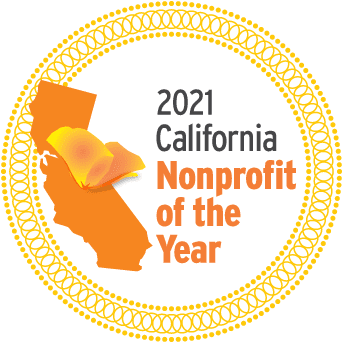In an era marked by technological advancements, prisons worldwide are undergoing a transformative shift. The integration of technology in correctional education and workforce development programs holds the potential to reshape the lives of incarcerated individuals. Online educational platforms, such as massive open online courses (MOOCs), are dismantling barriers related to cost, location, and distance, offering a wide array of subjects accessible for free or at nominal fees for verified completion certificates.
The New Face of Correctional Education
Such accessibility could redefine workforce development and reentry strategies, addressing the global skilled talent shortage. Initiatives like Workbay, Mount Tamalpais College, and the Second Chance Pell Experiment are pioneering this change, bringing education and remote work opportunities to those behind bars. The Federal Pell Grants, once more available for approved prison education programs via the FAFSA Simplification Act, is another step in the right direction.
Technology: A Tool for Transformation
The Massachusetts Department of Corrections is leading the way by providing inmates with tablets preloaded with educational content. However, the internet access is restricted to a secure network. This is a significant step towards integrating technology in the correctional system, albeit with caution. The use of technology in prisons necessitates careful consideration of usage protocols, safeguards, and monitoring mechanisms.
Beyond Education: The Potential of Tech in Prisons
While education is a central focus, technology’s potential in prisons extends beyond it. Possible implementations include increasing self-service resources, providing electronic resources to inmates’ families, exploring virtual mental health services, considering remote workforce development, and enabling virtual visits. If used appropriately, these advancements could significantly improve the reentry success rate of returning citizens by fostering skills acquisition and family connections.
One such initiative is JSTOR Access in Prison, which has reached 1,000 sites in the Washington State Department of Corrections, providing access to nearly 500,000 incarcerated individuals for educational purposes. This program has evolved from an offline index to digital delivery, including the use of tablets, revolutionizing how these individuals engage with education. The overarching goal is to ensure that education is a right, not a privilege, regardless of individuals’ location.
However, the advent of technology in prisons is not without its challenges. Concerns about exploitation and the potential replacement of existing services need to be addressed. Despite this, the potential benefits of this technological revolution in correctional education are immense, promising a brighter future for incarcerated individuals preparing for reentry.
Attribution: This article originally appeared in BBN on January 19, 2024. Photo courtesy of R.J. Lozada












